Custom Pneumatic fittings
Types of Pneumatic Fittings
Pneumatic fittings are essential components of any pneumatic system, allowing for a secure and reliable connection between two pipes or hoses. There are several types of pneumatic fittings available, each suited for specific applications.
The most common type of fitting is the quick-connect fitting, which is easy to install and remove. These fittings provide a secure fit and require no special tools for installation. Push-in fittings are also popular, offering a reliable seal with minimal effort. These fittings can be connected and disconnected quickly, making them ideal for use in applications where frequent connection and disconnection is required.
Barbed fittings are an economical option for use in applications where hose clamps are not necessary. Barbed fittings have barbs that grip the inside of the hose to provide a secure fit. They do not require any special tools or clamps to install, making them a cost-effective solution.
Compression fittings are designed to provide a leak-free connection between two pipes or hoses. They offer high reliability and require minimal effort to install or remove. Compression fittings are commonly used in industrial settings where high pressure or temperature changes may cause other
Pneumatic fittings are essential components of pneumatic systems. They connect pneumatic tubes and hoses to various components and provide a secure airtight seal. There are several types of pneumatic fittings available, each designed for specific applications.
The most common type of pneumatic fitting is the push-in fitting. These are easy to use, cost-effective, and have a wide range of sizes and configurations. Push-in fittings are ideal for connecting tubes with different diameters or for connecting tubes to other components.
Another type of pneumatic fitting is the compression fitting. Compression fittings are designed to secure tubing without the need for clamps or tools, making them an ideal choice for tight spaces or hard-to-reach areas. Compression fittings come in a variety of materials and sizes, so they can be used in almost any application.
Advantages of Using Pneumatic Fittings
Pneumatic fittings offer many advantages in a variety of applications. They are easy to install, require no maintenance and are highly reliable. Pneumatic fittings are perfect for applications that involve controlling and moving air or gas.
One of the main advantages of using pneumatic fittings is their ability to withstand extreme temperatures. Pneumatic fittings are designed to withstand temperatures ranging from -20°C to 80°C, making them suitable for a wide range of applications across different industries.
Another advantage of pneumatic fittings is that they require minimal maintenance. Unlike other types of fittings, pneumatic fittings do not need to be replaced or serviced over time, saving both time and money in the long run.
In addition, pneumatic fittings offer superior leak-free performance when compared to other types of fittings. This makes them ideal for applications that require a high degree of safety, such as medical or industrial equipment.
Finally, pneumatic fittings are extremely cost-effective and easy to install. They can often be connected with minimal effort and without the need for costly tools or specialized knowledge.
Pneumatic Fittings Maintenance & Safety Considerations
Pneumatic fittings are an important part of any pneumatic system. They are used to connect air lines, valves, and other components in an efficient and reliable manner. It is important to maintain and inspect these fittings regularly to ensure the safety of personnel and equipment.
When inspecting pneumatic fittings, it is important to check for signs of wear or damage. Look for missing or loose parts, cracks, or any other signs of damage. If these issues are present, the fitting should be replaced immediately to avoid further damage or injury. It is also important to check for air leaks. Leaks can cause a loss of pressure or create an unsafe environment.
To maintain pneumatic fittings, it is important to keep them clean and free from debris. Dirt and debris can cause damage to the internal components of the fitting and can lead to air leaks. It is also important to lubricate the fitting regularly with a high-quality lubricant to help reduce friction and extend the life of the fitting.
It is also important to be aware of potential safety hazards when working with pneumatic fittings. Make sure all personnel are properly trained on how to use and install pneumatic fitt
Pneumatic fittings are a common component in industrial machinery and equipment. Regular maintenance and safety considerations are essential for keeping them in optimal condition.



-1671780874719.png)



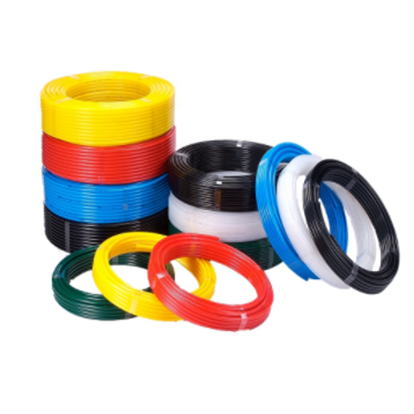 Nylon tubing
Nylon tubing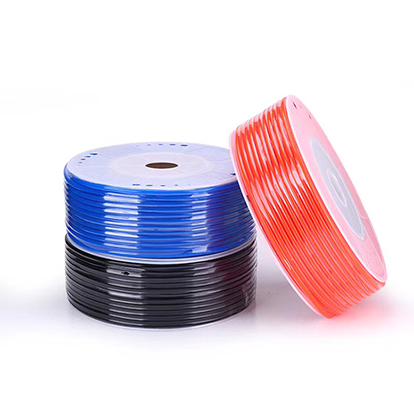 PU Hose
PU Hose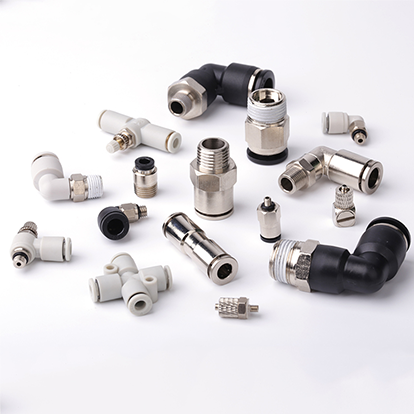 Fitting
Fitting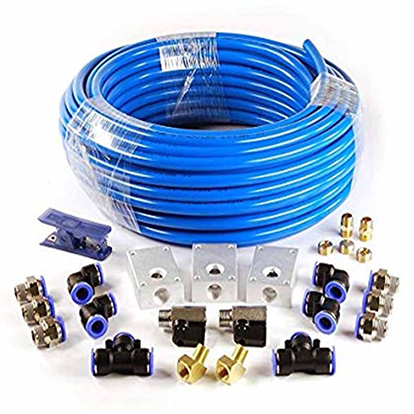 Kit/set
Kit/set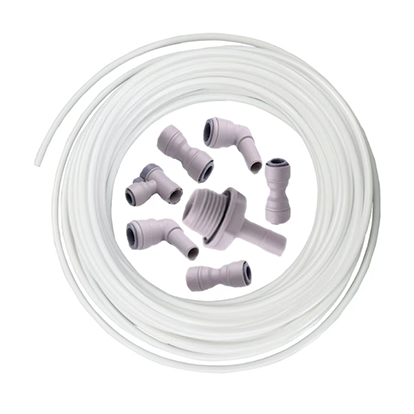 Water Purifer Hose And Connector
Water Purifer Hose And Connector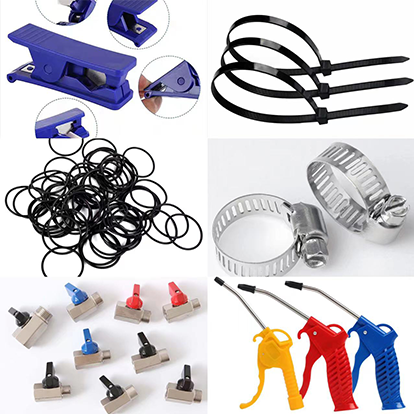 Accessory
Accessory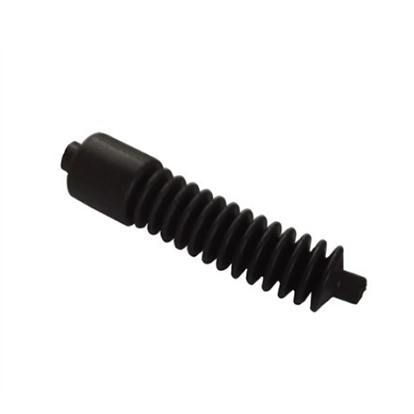 Customized Part
Customized Part










